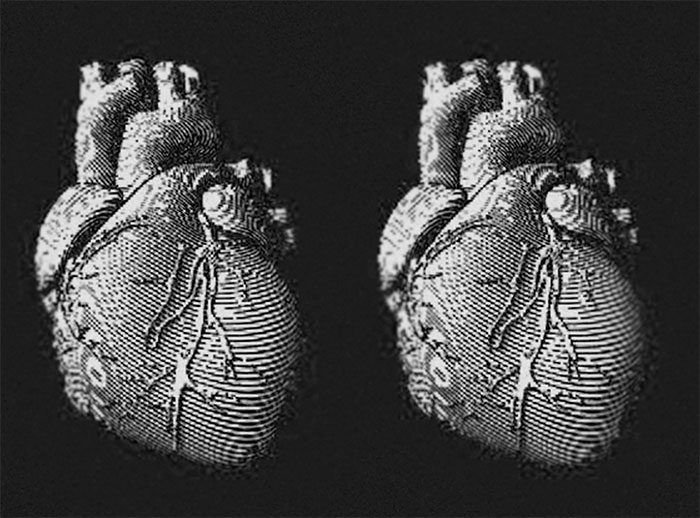A recent study shows that in the future, medicine may develop a process to regenerate tissues in the human heart by mimicking the unique biological regeneration process of a type of light red sea anemone that lacks both muscles and a heart.
This organism, scientifically known as Nematostella vectensis, has the ability to regenerate various organs, even when cut into small pieces.
Researchers believe that this unique biological regeneration process will help medicine develop methods to heal injuries in the human heart.
Scientists from the University of Florida (USA) stumbled upon the light red sea anemone while searching for the evolutionary origins of muscle cells – the cells that play a key role in forming the heart.

In the human heart, natural regeneration is limited to a very slow replacement of heart muscle cells.
Interestingly, the sea anemone does not have a heart yet still thrives, with its body moving in wave-like patterns, similar to the rhythm of the human heartbeat.
Mark Martindale, the lead researcher, stated: “If we continue to explore the formation of these genes and their relationship to heart tissue in humans and animals, it is very likely that in the future, we will be able to regenerate human hearts.”
Organism Survives Without a Heart
When analyzing the “heart gene” of the sea anemone, scientists found differences in how genes interact within its body compared to genes in other animal species. Specifically, the sea anemone lacks a “lock loop” – meaning it does not have the instructions that allow genes to perform their functions throughout the organism’s life cycle. It also lacks guidance that helps prevent cells from becoming other types of cells or being used for different functions.
In the human heart, natural regeneration is limited to a very slow replacement of heart muscle cells. This slow replacement is insufficient for the heart to combat damage and disease. Any impacts or injuries to our hearts are retained and often accumulate to form scar tissue.
However, the absence of a lock loop allows the sea anemone’s cells to freely transform into other types of cells and create different body parts – if needed.
The study also supports an existing hypothesis that: “The first muscle cells of animals are very similar to the human heart, developing from the gut tissue of organisms like Nematostella vectensis or similar.” It is peculiar that the sea anemone has no heart but still lives healthily, with its body moving in wave-like patterns, akin to the rhythm of the human heartbeat.
There is still a long way to go for scientists to continue their research, but we now have additional clues on how to achieve this miraculous work.
To combat heart disease and damage caused by heart attacks, scientists are exploring a range of options to repair the most vital organs, including developing heart tissues from spinach.
If we can find a way to regenerate heart cells, it is estimated that millions of people worldwide could be helped each year. Any advancements in this field are exciting and noteworthy.
The entire study has been published in PNAS.
















































